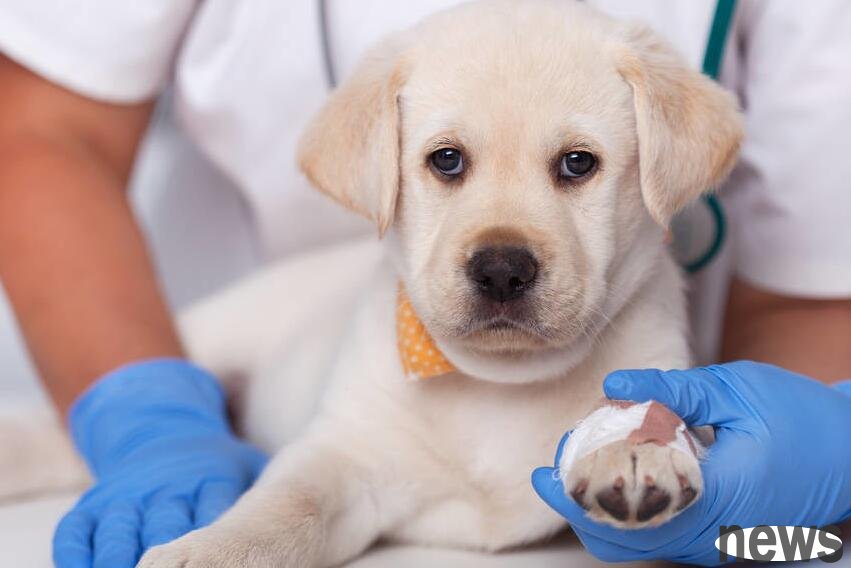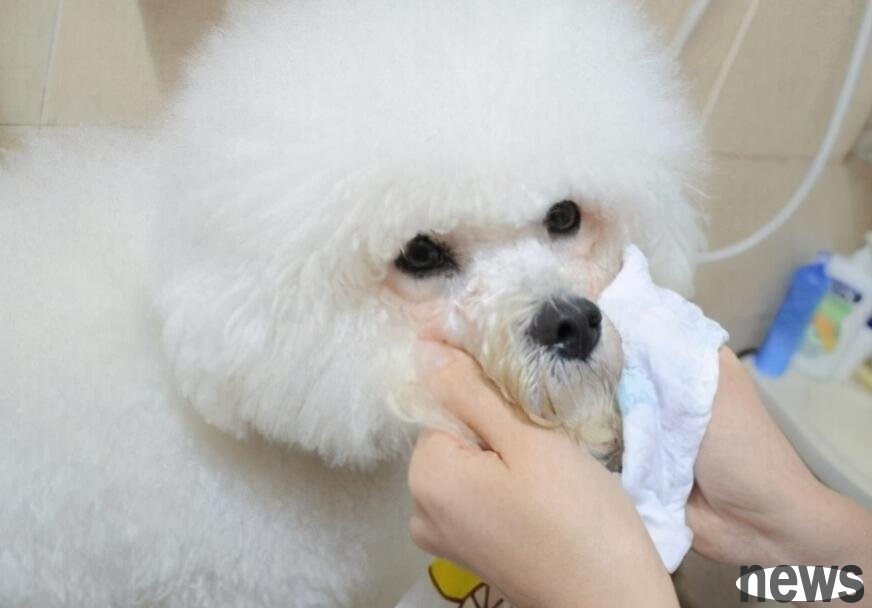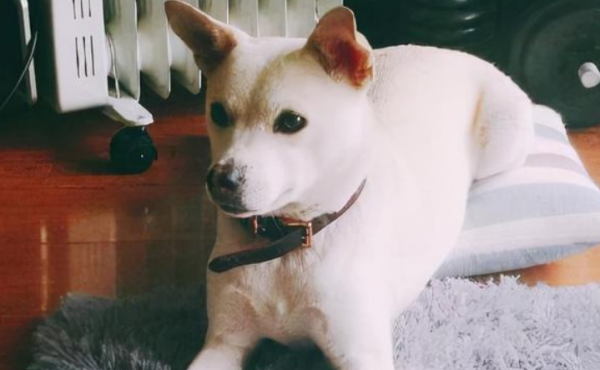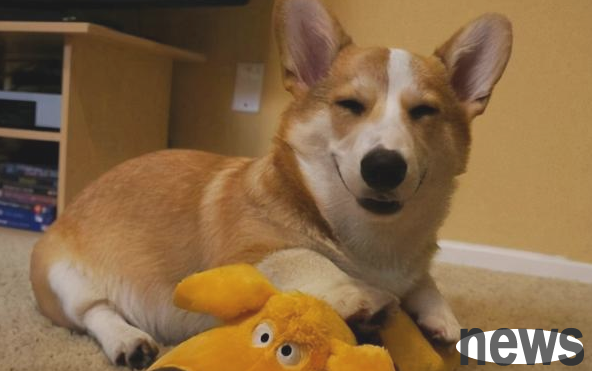The physical examination method for dogs at home
Regarding dog health, we have actually always advocated regular physical examinations. Of course, there may be some objective reasons that you may not be able to go to professional institutions regularly. For this group of people, the editor today teaches you some simple screening that can be done at home, so as to detect symptoms as soon as possible and treat them as soon as possible, which can reduce unnecessary troubles and economic expenses. However, it is still recommended that you go to a pet hospital and a professional doctor will go to the diagnosis.
Drinking Food
Normal: Excessive appetite, fast food, and eat all the food in a short time. There is no big problem with the diet of the day.
Abnormal: Eat less, eat slowly, do not eat or are not close to food, and walk away after smelling it. Or an extremely strong appetite. If the dog sees food coming quickly but doesn't eat it, it may be an oral problem.

Eyes
Normal: Large and bright, the inner eyelid is pink, the cornea is distinct and energetic.
Abnormal: There is eye boredom, bloodshot, often scratching the eyes with your claws, blinking constantly, flushing in the conjunctiva, tears, and turbid cornea.
Ears
Normal: No pain, no itching on the skin of the ear shell, no hair loss or dandruff. The ear canal is clean, free of secretions, no odor, and is light pink.
Abnormality: There is pain, itching, secretions in the ear canal, and odor.
Mouth Ba
Normal: The mouth is clean and moist, the mucosa is light red, the temperature is normal, and there is no odor. Neat teeth, no redness, no swelling gums, no dentifritics, and no looseness. The tongue is bright red, without tongue coating, free movement, exhale without bad breath. Close your mouth well and don't drool.
Abnormality: The oral mucosa is pale, flushed and dry, with a foul smell and salivation.
Nose
Nose
Normal: the nose mirror is moist, a little sweat beads, evenly distributed, and the nose wings are flexibly vented.
Abnormality: No sweating, dry shelling, and cracked. There is watery or viscous nasal fluid in the nasal cavity.

Skin
Normal: The coat is neat and shiny, and the skin is elastic.
Abnormality: The coat is thick and messy, lacks elasticity and luster, the skin has swelling, ulcers, erythema, rotten spots, small nodules, local hair loss, dandruff, and itchy feeling.
Exhaust
Normal: There is a regular urination and defecation. The feces are earthy yellow, soft but not thin, hard but not hard, and can accumulate when they fall to the ground without any odor. The urine is light yellow and clear.
Exception: Excessive urination and defecation. The stool is hard and less, dark in color and mucus; thin and foul-smelling, watery, with mucus and pus; stop defecation. The urine is yellow and less, hematuria, turbid and opaque, and does not urinate.
Anal
Normal: The anus is tightened, the anus is clean and there are no signs of diarrhea, the anal glands are normal secretion, not red and swollen, and the bowel movements are smooth.
Abnormality: The anus is loose, unclean, dirty, inflammation or ulcer.
Exogenous organ
Normal: no redness, no swelling, no purulent secretions, no odor, no thickening, no itching, no abnormal pigment changes.
Abnormality: A sick male dog may see red and swollen penis, purulent or bloody secretions flowing out of the foreskin, and often lick the penis; unilateral testicles or scrotum, etc.; abnormal secretions and odors appear in the vagina of female dogs, and often lick the vulva, etc.
Body Temperature
Normal rectal body temperature: puppies 38.5-39.5℃, adult dogs 37.5-38.5℃.
If the dog is abnormal, contact the pet doctor in time.




